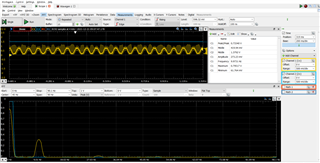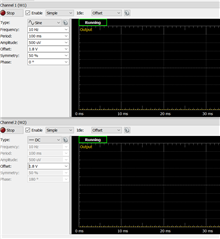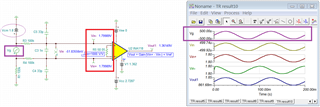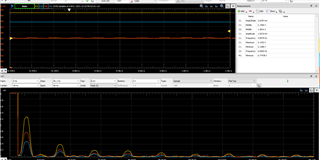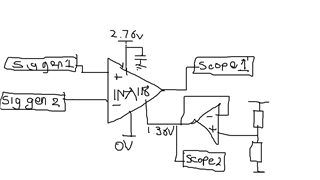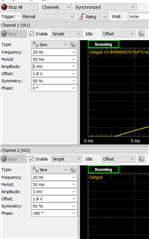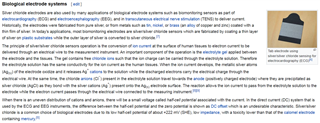Other Parts Discussed in Thread: INA826, INA826EVM, INA818
Hi,
I am currently designing a basic EEG circuit, i have centered the design around the INA118, the design is shown below.
I have followed the general/classic architechture. Instrumentation amplifier, single supply (battery powered, LDO regulated), buffered midrail used for REF pin, common mode noise extracted from gain resistor(s), fed into unity gain buffer, inverted and fed back to right-leg drive electrode.
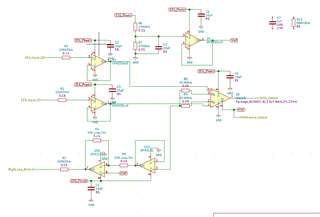
I have also buffered the input signals from the electrodes as I intend to use dry electrodes (design constraint). Picked up the buffering idea from a TI resource, supposed to help reduce DC offset that comes with using poorly balanced dry electrodes.
The problem:
Right now, the whole thing feels like a complete non starter. Every signal generator signal i put into the inputs, with or without the input buffers, returns inconsistent rubbish!
I cannot actually use the circuit with EEG pads, on my head, as there seem to be so many variables that every time i think i am getting somewhere, i discover something that is stuffing my results (my foot being near a plug socket, my laptop charger throwing off noise, the fact i've built it on vero-board - which is touching my jumper - magically coupling it to my stereo)... one of those hair pulling circuits. Yes the driven right leg solves a lot of these issues, but that assumes i'm attaching it to my head, which is a run-before-you-walk approach and doesn't produce consistent enough results. Only a few times have i seen an output signal even close to what i'm after.
I'm using an AD2 analogue discovery with BNC adapter for high impedance probes as a signal generator and a scope, which frankly, i'm not all that confident in the integrity of (feel free to comment). I prefer the picoscopes, but currently dont have one. Or better still, any average bench scope.
I downloaded the Ti Analogue engineers calculator tool to try and better understand the input constraints of the circuit see below:

Am i right in thinking the CM voltage shown on this calculator refers to the DC offset of the input signals (when attaching a sig gen to the inputs, i've simply increased the offset voltage of the signal)?
Currently i'm inputing the VCM as a 1.3V DC signal into the inverting input. and a sine wave ~10Hz, ~100uV amplitude, 1.3V offset into the non-inverting input (my pretend EEG). With both reference clips on 0V.
What i'm seeing is usually a tiny noisy looking squarish wave with a gain of ~no-where-near-enough. I have, in the past, seen the desired gain of 1000, but usually with higher input amplitude. This gain then changes MASSIVELY with chages to the input offset (or VCM?)
All i want to acheive: Is to input a couple of signals vaguely similar to EEG signals (50-100uV amplitude, this is the lowest the AD2 goes) and see those signals, appear at the output with the 1000gain applied.
My ultimate goal here being of course to identify some of my own alpha waves and consistently influence them with the classic eyes open/eyes closed experiement.
If someone could suggest an exact physical placement for sig-gen probes, reference clips, scope probes & reference clips, feel free. Feel i'm not actually getting the input setup correct?
On the EEG front, do i assume that the DRL electrode will suitably increase the potential of my body with reference to 0V, so as to acheive the VCM required for the INA;s input?
I appreciate some of the above is a bit garbled and may lack in information. I'm trying to avoid this becoming a really long post, don't want to deter folk. This is really simple stuff and shouldn't be this hard, honestly, any general comments from other INA users, EEG/ECG/EKG folk, would help.
Many thanks,
Sean





